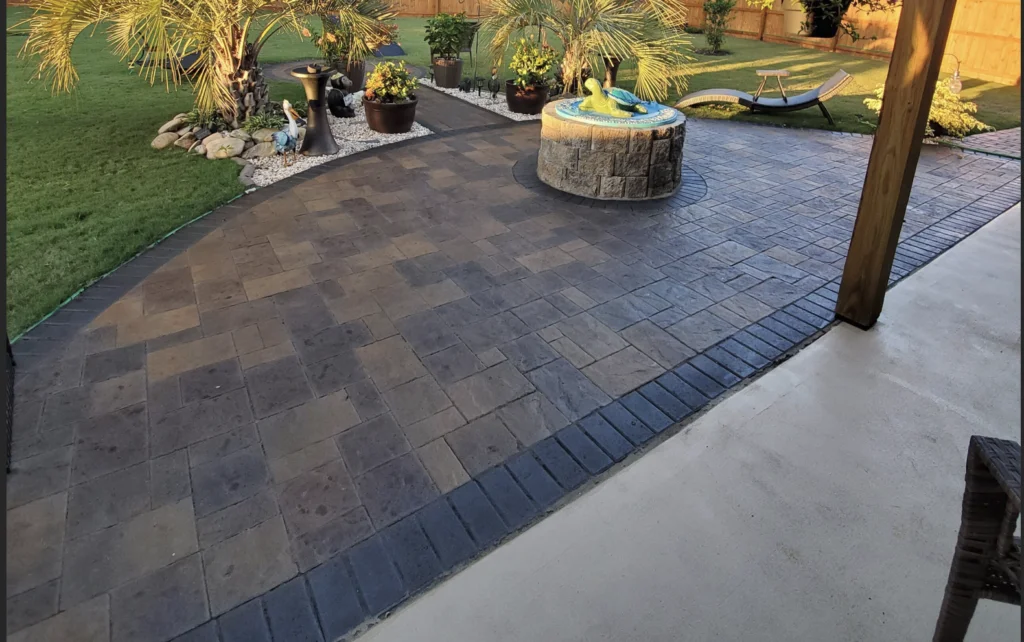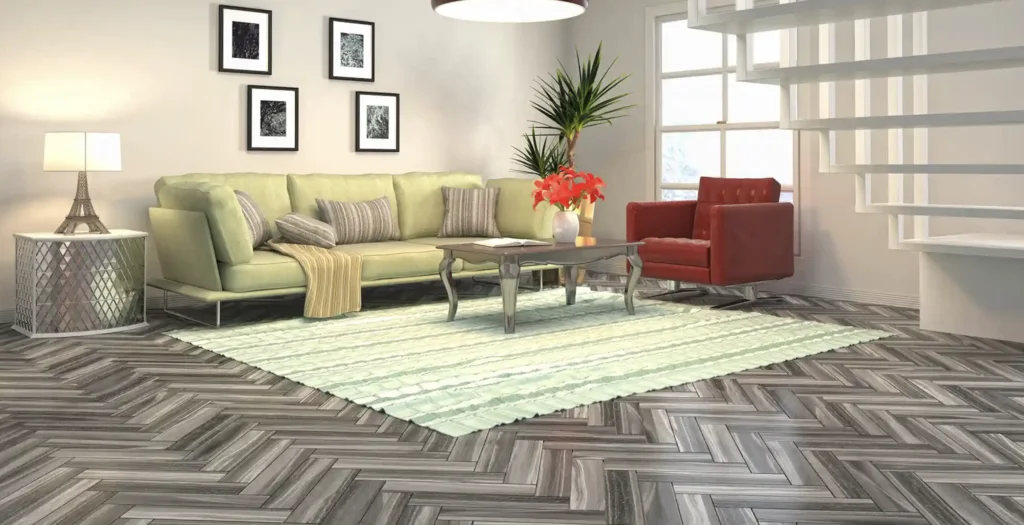Concrete, once recognized mainly for its basic, industrial gray, has evolved into a versatile, stylish material for home design. With options for practically every color, concrete is no longer restricted to driveways or patios but can be an integral part of any home decor, from floors to countertops. If you’re looking to add a unique flair to your home with colored concrete, this guide is here to help.
Concrete, no longer a plain, industrial material, is now a vibrant design element that can add unique appeal to any part of your home. With endless color options, it’s easier than ever to add personality to concrete surfaces. Here’s everything you need to know about using colored concrete to enhance your home.
What is Colored Concrete?
Colored concrete involves adding color to traditional concrete through various methods. Whether you’re upgrading your patio, enhancing your driveway, or making a statement with a concrete countertop, using colored concrete can make all the difference in creating a welcoming and stylish environment.
Types of Concrete Coloring

When it comes to coloring concrete, there are two primary methods:
- Integral Coloring: Color is added directly into the concrete mix, ensuring consistent color throughout.
- Topical Coloring: Color is applied to the surface of the poured concrete, ideal for creating textured or variegated effects.
Integral Coloring
Integral coloring adds color to the entire concrete mix, giving it an even, long-lasting hue. This method is great for high-traffic areas like driveways, floors, and walkways, where consistency and durability are key.
Pros of Integral Coloring:
- Durable and long-lasting
- No need for post-application sealing
- Consistent color throughout
Cons of Integral Coloring:
- Limited to earth tones and neutral shades
- Higher upfront cost compared to topical applications
Topical Coloring
Topical coloring, on the other hand, applies color to the surface of the concrete after it has been poured. This method includes staining, painting, or dyeing the concrete and is often used when a more customized or artistic look is desired.
Pros of Topical Coloring:
- More variety in color options
- Allows for creative designs and patterns
- Ideal for adding unique textures
Cons of Topical Coloring:
- May require additional maintenance and sealing
- Color can fade over time if exposed to UV light
Dyes, Pigments, and Stains: What’s the Difference?

Different techniques are used to color concrete, and each offers distinct benefits and limitations.
- Dyes: Easy to apply and quick-drying, dyes provide vibrant colors suitable for high-traffic areas. They are available in a wide range of colors and are mixed with a solvent or water before application.
- Pigments: Integral to the concrete mix, pigments offer long-lasting color and are ideal for larger projects requiring consistent color.
- Stains: Stains add depth to the concrete, creating rich, variegated textures. Acid-based stains react chemically with concrete, while water-based stains create a semi-translucent finish.
Dyes: The Quickest Way to Color Concrete
Dyes are typically added to the concrete surface by mixing with water or a solvent. Dyes are especially useful for pathways, garages, and driveways since they dry quickly and offer a predictable color result.
Pigments: Long-Lasting Integral Color
Pigments are mineral-based powders that color the concrete from within. Added directly to the mix, pigments ensure a uniform look and are ideal for projects where evenness and long-term durability are essential.
Stains: Adding Depth and Texture to Concrete
Stains come in two types: acid-based and water-based. Acid-based stains create a natural, earthy look and can even alter the texture of the concrete. Water-based stains offer more color options and can be applied to achieve different opacities.
Color Hardeners for Extra Durability
Color hardeners are additives that increase surface durability and intensify color. They’re commonly used in decorative and stamped concrete, giving the surface a resilient, bright finish.
Choosing the Right Concrete Color

Selecting the perfect concrete color involves considering several factors:
- Project Type: Integral coloring works best for driveways, floors, and countertops where a cohesive look is needed. Topical methods suit patios and gardens where artistic variation is preferred.
- Location: For outdoor projects, ensure the coloring has UV stability to resist fading.
- Concrete Surface Condition: New concrete can take any color application, but old or damaged concrete should be repaired first.
- Aesthetic Goals: For bold, modern looks, try metallics or bright colors like blues and greens. For classic appeal, earth tones or warm neutrals like terra cotta and charcoal are perfect.
Project Type and Location
Consider whether your concrete is indoors or outdoors. UV stability is crucial for exterior surfaces to maintain color vibrancy over time, while interior surfaces may not need UV-resistant materials.
Condition of Concrete Surface
Prepping the concrete surface is crucial. For older or weathered surfaces, repair any damage before applying color to ensure even, lasting results.
Budget Considerations
Integral coloring, though initially costly, is often more economical in the long term, as it’s durable and requires less maintenance. Topical methods may need re-sealing and touch-ups over time but allow for greater creative flexibility.
Conclusion
Colored concrete can transform your home, giving it style and personality. By understanding the options—whether integral or topical, dye or pigment—you can make an informed decision that aligns with your vision and budget.
FAQs
- Can I change the color of my existing concrete?
- Yes, topical coloring methods like stains and dyes can alter the appearance of existing concrete, but it’s best to prepare the surface for optimal results.
- Is colored concrete more expensive than plain concrete?
- Colored concrete can be slightly more costly, especially with integral pigments, but it’s generally worth it due to durability and aesthetics.
- How do I maintain the color of my concrete?
- Regular cleaning and sealing are essential, especially for outdoor surfaces. This will help maintain the color and prevent fading.
- Which is better, integral or topical coloring?
- It depends on your needs; integral coloring is more durable, while topical allows for more artistic designs.
- What is the best color for a concrete driveway?
- Neutral tones like gray, brown, or charcoal are popular for driveways as they hide dirt well and offer a classic look.
